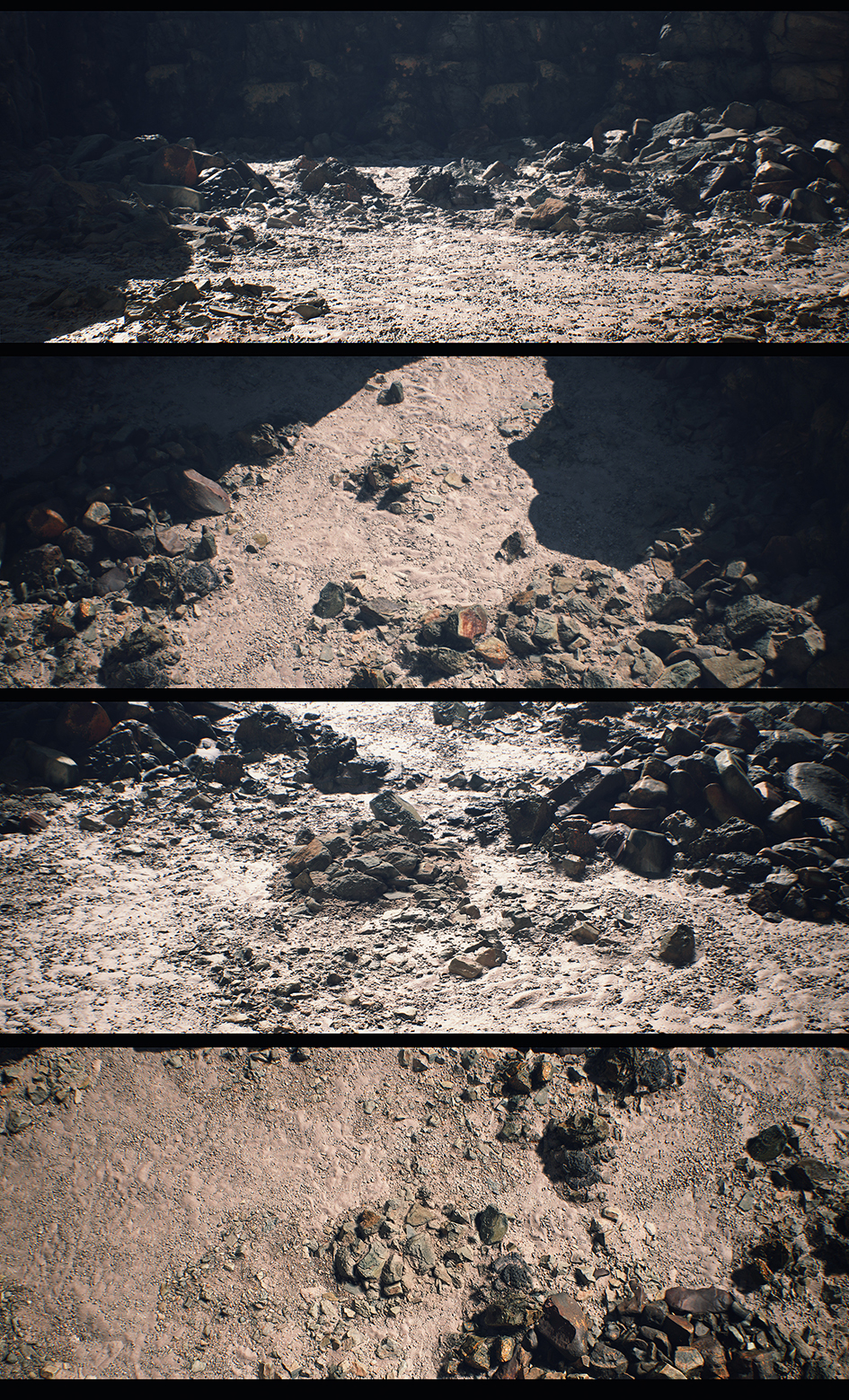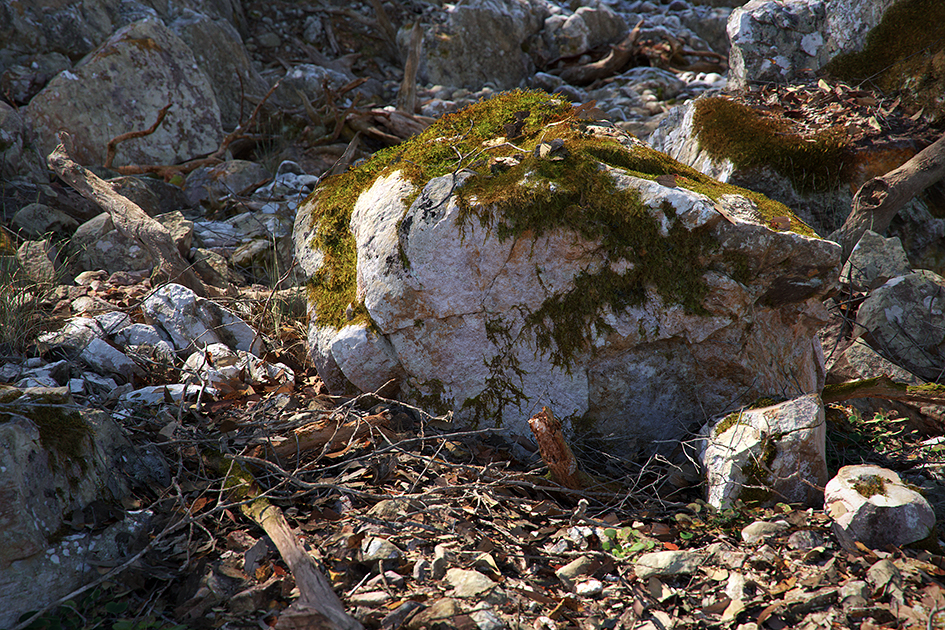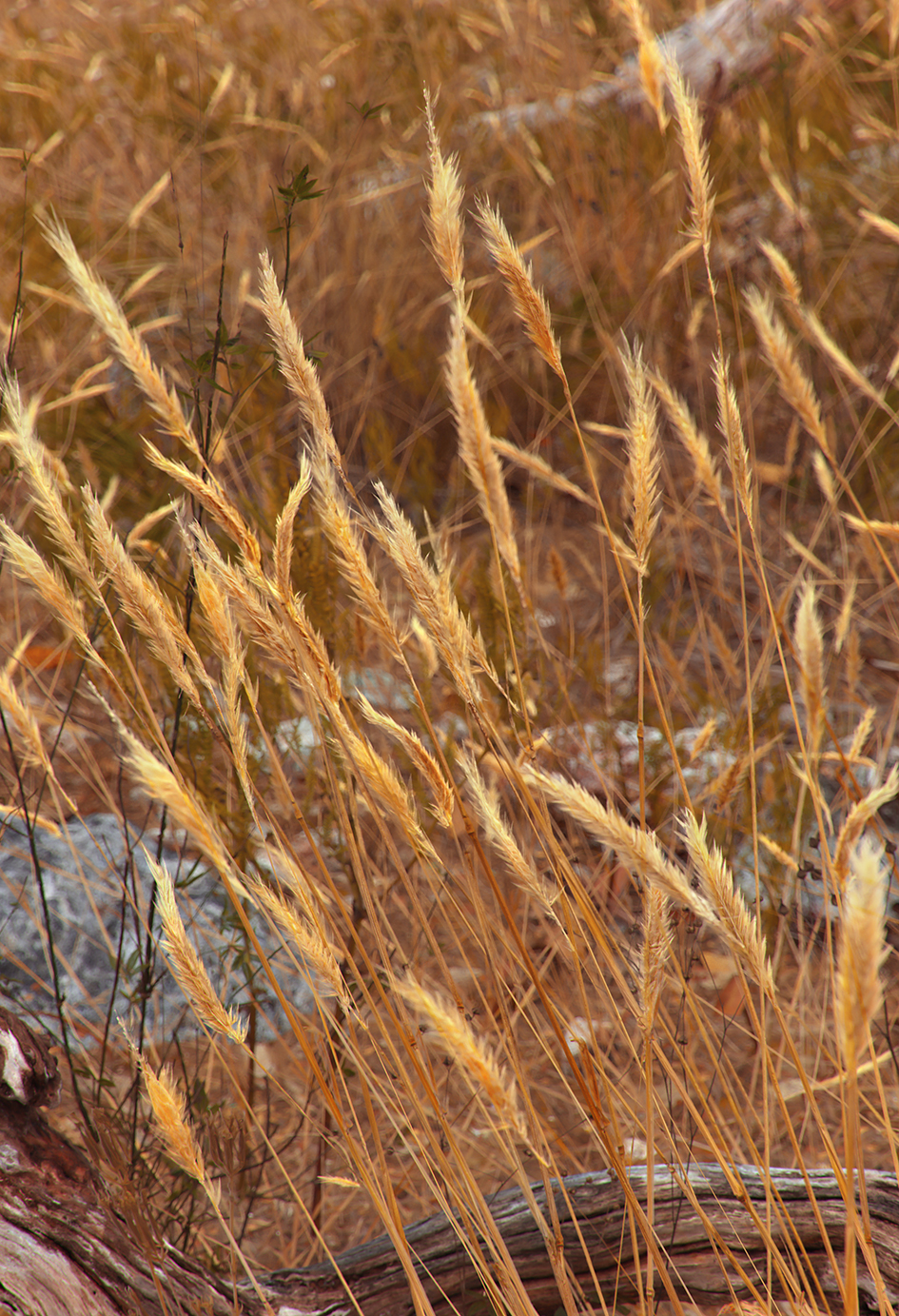Dan Woje and Jan Major talk Megascans Ecosystems
Jan Major and Dan Woje have been in the VFX industry for over ten years each, building environments for and supervising a large number of high profile cinematics as Environment Leads at Blur Studios. Three years ago, with the emergence of photogrammetry, they saw a need in the industry to streamline the amount of time taken to build up realistic environments for production. They are since spearheading the 3D asset scanning and processing pipeline for Megascans. We wanted to take some time to pick their brains asking about the angle they approach scanning and building up content, specifically Ecosystems, for the Megascans library.
You guys keep talking about “Ecosystem Philosophy” – can you explain how this pertains to the Megascans Library?
JM: “An ecosystem is essentially a large collection of elements which all work together to form the cohesive whole. To create a new environment set, we capture many elements from the same location, so that when the environment is re-created, all the pieces work together seamlessly, saving production time.”
DW: “Yes, a really important aspect is that assets are captured in various sizes and ecosystem niches to capture the full natural range of an area, including not only objects but also large surfaces and fully scanned vegetation. Unique variations are captured to recreate the natural variety of shapes and textures.”
JM: “Having a predetermined pallet to draw from when creating a scene also simplifies art direction and gives artists a solid base to build upon.”
How can using an ecosystem driven set of assets improve workflow? Why are these scans needed in production?
DW: “A key factor of ecosystems is the acceleration of producing a quality environment. Since the overhead of producing assets that work perfectly together is reduced, an artist can immediately focus on the final look.”
JM: “Another benefit since the assets work together “out of the box” is the time cut down for art direction, in other words, everything just works. And with the way the assets are prepared, the library is catered for every level of artist and every aspect of the industry — games, VFX, archviz, VR and augmented reality.”
Is there anything you have discovered about scanning and building ecosystems that you didn’t know was so important before now?
JM: “Actually, we didn’t know how valuable debris assets were until we started to make our own renders and realized something was missing. The key was the tiny little details that married the large assets, rocks, wood, and trees to the ground and the other assets around it. The little wood chips, dead moss chunks, twigs and crushed leaves really started to sell the renders as something truly real.”
Jan Major and Dan Woje are currently leading an ecosystem scanning project in Southwestern Australia, capturing all key features of an extra-terrestrial looking Black Point Lava environment. The new ecosystem is slated for release this year, with the first batch of 3D assets releasing shortly.

Shots from the upcoming Black Point Lava ecosystem, rendered in Unreal Engine 4.
Time-lapse of a scene created using the Mountain Slope ecosystem, built in Unreal Engine 4 using game-ready versions of the scanned assets.






